The Art of Hand-Guillochage at Breguet, Preserving Traditional Crafts
A centuries-old technique preserved by one of the most prestigious manufactures.
A classic Breguet is easily recognisable, even at first glance. The fluted caseband, the welded lugs, the Breguet hands, the Breguet numerals and the secret signature are some of the immutable codes that make a Breguet a Breguet. The timelessness of the brand resides in a style that was established by Abraham-Louis Breguet over two centuries ago, the great watchmaker who had the most profound influence on horological art. Some of his inventions changed the world of watchmaking: the perfecting of the self-winding mechanism with his ‘perpétuelle’ watches, the ‘pare-chute’ shock-protection system, the tourbillon or the Breguet hairspring – to name but a few. But today, we’ll focus on the art of guilloché or engine-turned dials.
In addition to his various design and technical innovations, Breguet also introduced numerous decorative techniques to watchmaking. Beyond their aesthetic interest, these often had a practical application or function. This includes engine-turning or guillochage, which has been used by the brand from its earliest days, since the year 1786 (according to Emmanuel Breguet). The different geometric patterns engraved on the dial makes them look superb but also make them easier to read – see below some example of antique Breguet pocket watches with guilloché dials:
Guillochage is a technique that appeared in the 16th century. It was first performed on soft materials like wood and ivory and then on metals, specifically for goldsmith and silversmith work. Lines are successively etched into the dial via a hand-operated machine (rose engine, straight-line machine), either in straight lines or in circles. The cuts are repeated, combined and can cross each other to create a multitude of geometric motifs: Hobnail clous de Paris and pavé de Paris, barleycorn or grain d’orge, waves, chequerboard, etc…
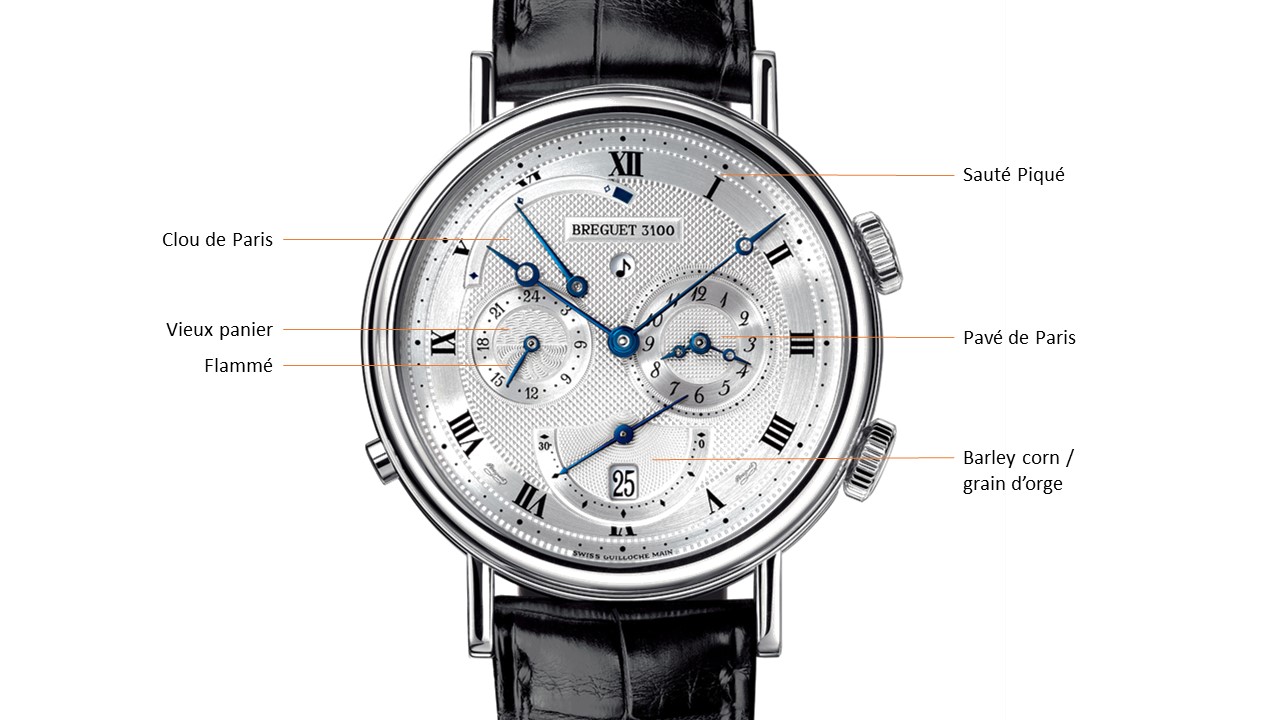
Hand-guillochage requires expertise, focus, coordination, patience and deft hands. A plate is fixed to the engine-turning machine. Various shaped rotating wheels (rosettes) guide the movement to create different patterns. With one hand, the craftsman rotates the workpiece with a crank, with the other he guides the cutting tool. The positioning of the piece, the speed of rotation and pressure on the tool for each thread are critical to obtaining a regular and consistent décor. Guillochage is time-consuming and unforgiving as hours of work can be ruined in a second. The most complex dials often require over a full day of guillochage.
Guillochage or engine-turning can be performed with different methods – the result obtained with a stamping tool or a CNC (both methods are used for accessible luxury watches at larger production scales) is good and regular. But such dials fail to reproduce the incomparable shine of hand-crafted guillochage. With hand-applied engine-turning, each dial becomes unique, the gift of imperfection being the seal of authenticity. This expert handcrafting makes each watch an inimitable work of art. A stamped clous de Paris dial will never have the same sharpness than one that has been hand-engraved.
At Breguet, artisans start from a solid gold plate (and sometimes with other materials, such as mother-of-pearl for some of the women’s collections) on which the outline of the dial layout has been engraved. This helps to keep within the boundaries of the decoration and to see the start and the end of each decoration. The engine-turning is then performed. Among traditions at Breguet, every guilloché motif is framed with a liseré (an outline) to create a clear demarcation. The dials are then silvered and lacquered with a highly transparent varnish known as zapon. They bear the caption ‘Swiss Guilloché Main’ and the traditional secret signature.
Today Breguet craftsmen are still patiently hand-crafting engine-turned dials at their manufacture in the Vallée de Joux. Breguet dials are either enamelled or engine turned (apart from a few exceptions, including the type XX family). The brand is one of the few to practice hand-guillochage in-house with a full atelier preserving this sacrosanct craft. There are no schools and Breguet trains its engine-turners in-house, who require three years of training.
Similarly, as the manufacture of engine-turning machines came to a halt in the mid-20th century, Breguet managed to acquire several machines built before all the makers disappeared. A dedicated workshop carefully repairs these and puts them back in good working order. The brand has even been manufacturing its own machines for a few years now. For more information, please visit www.breguet.com.

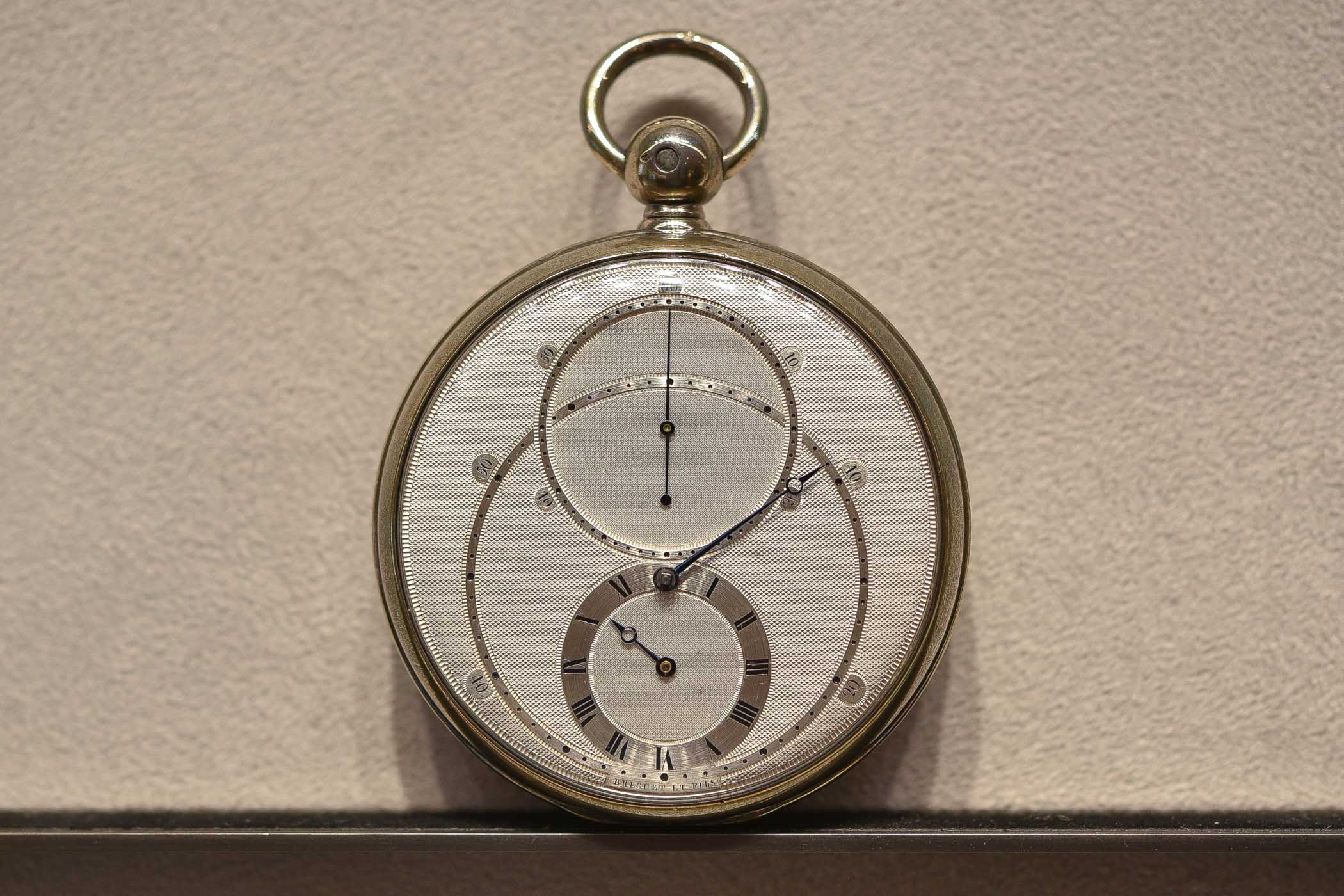
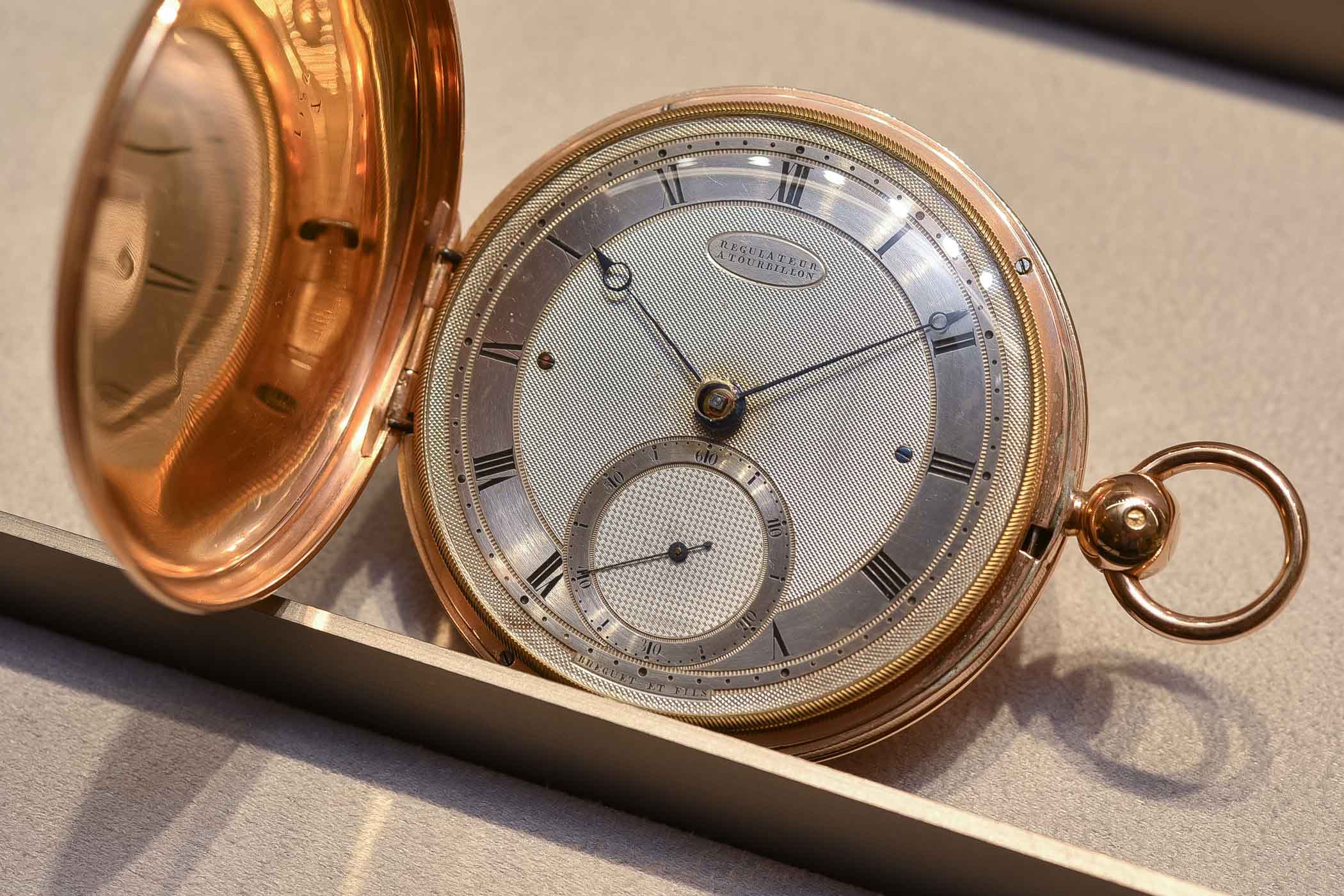
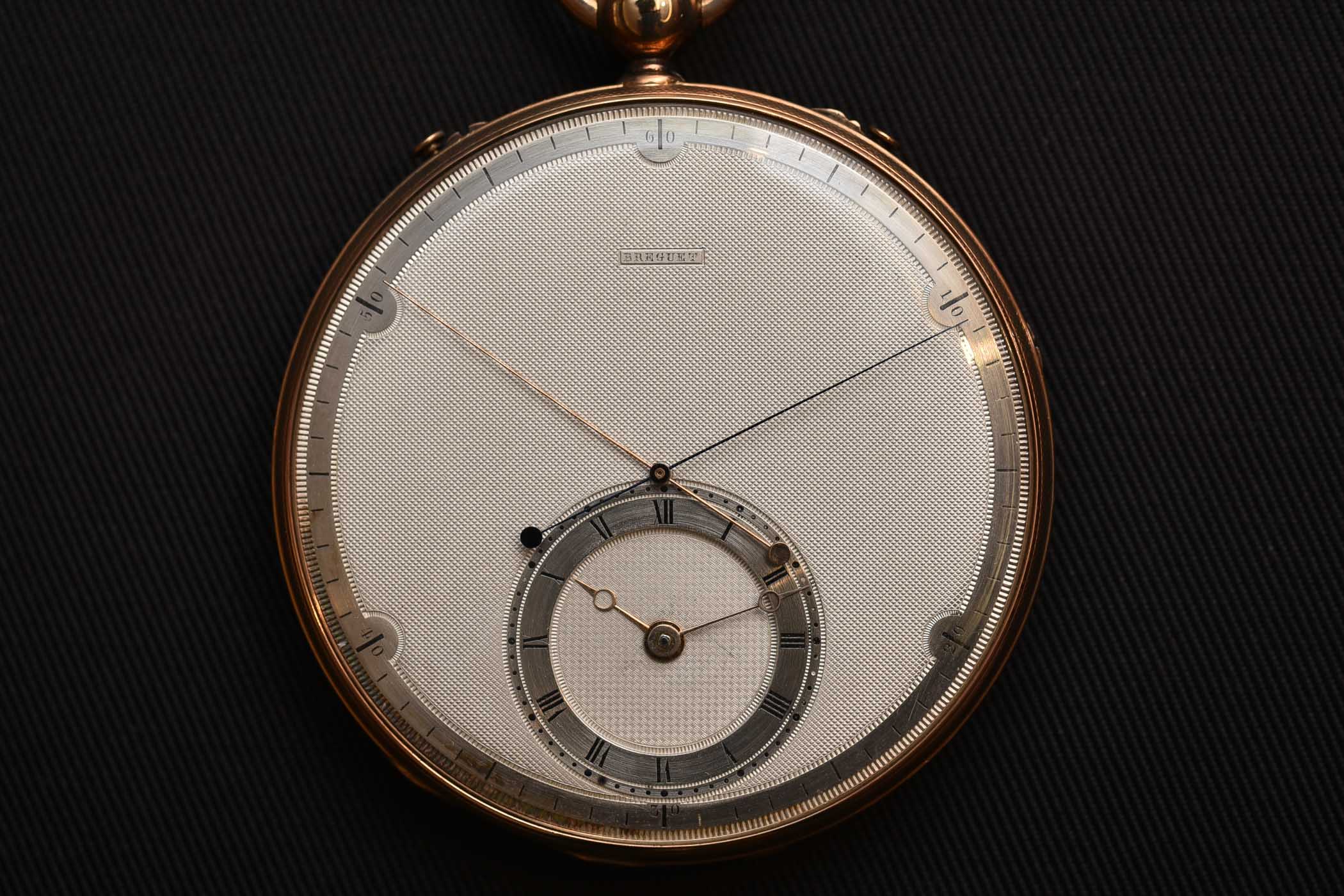
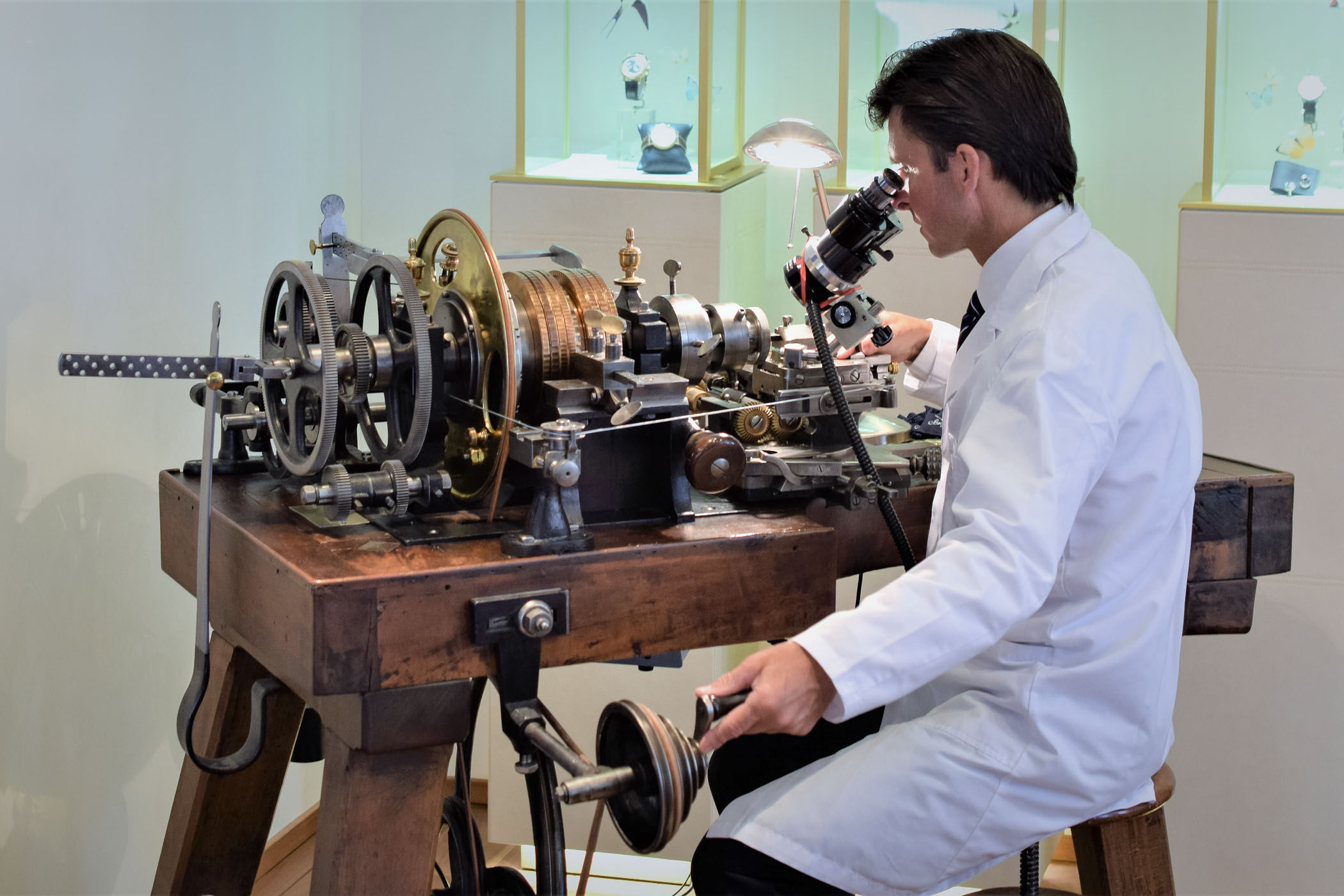
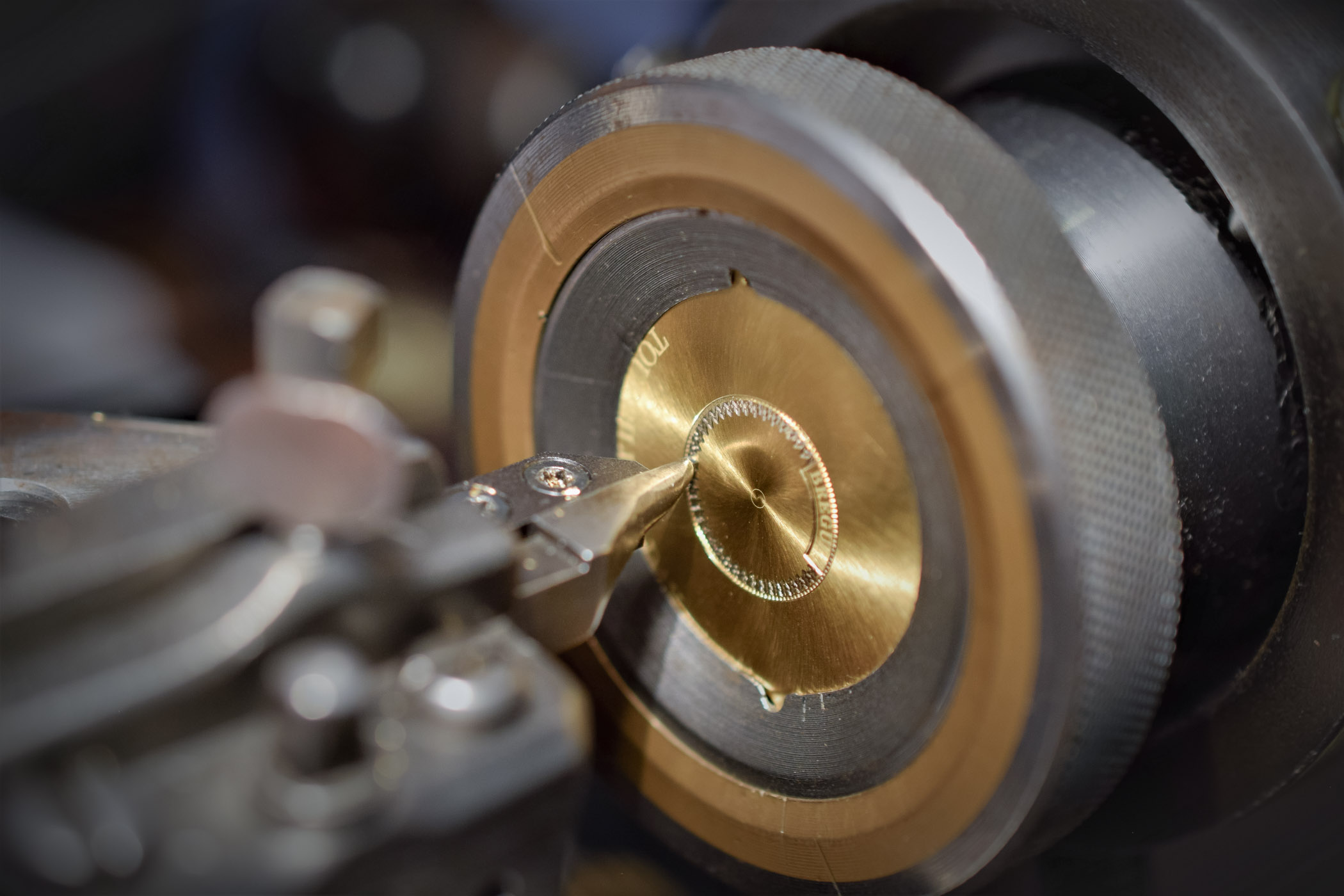

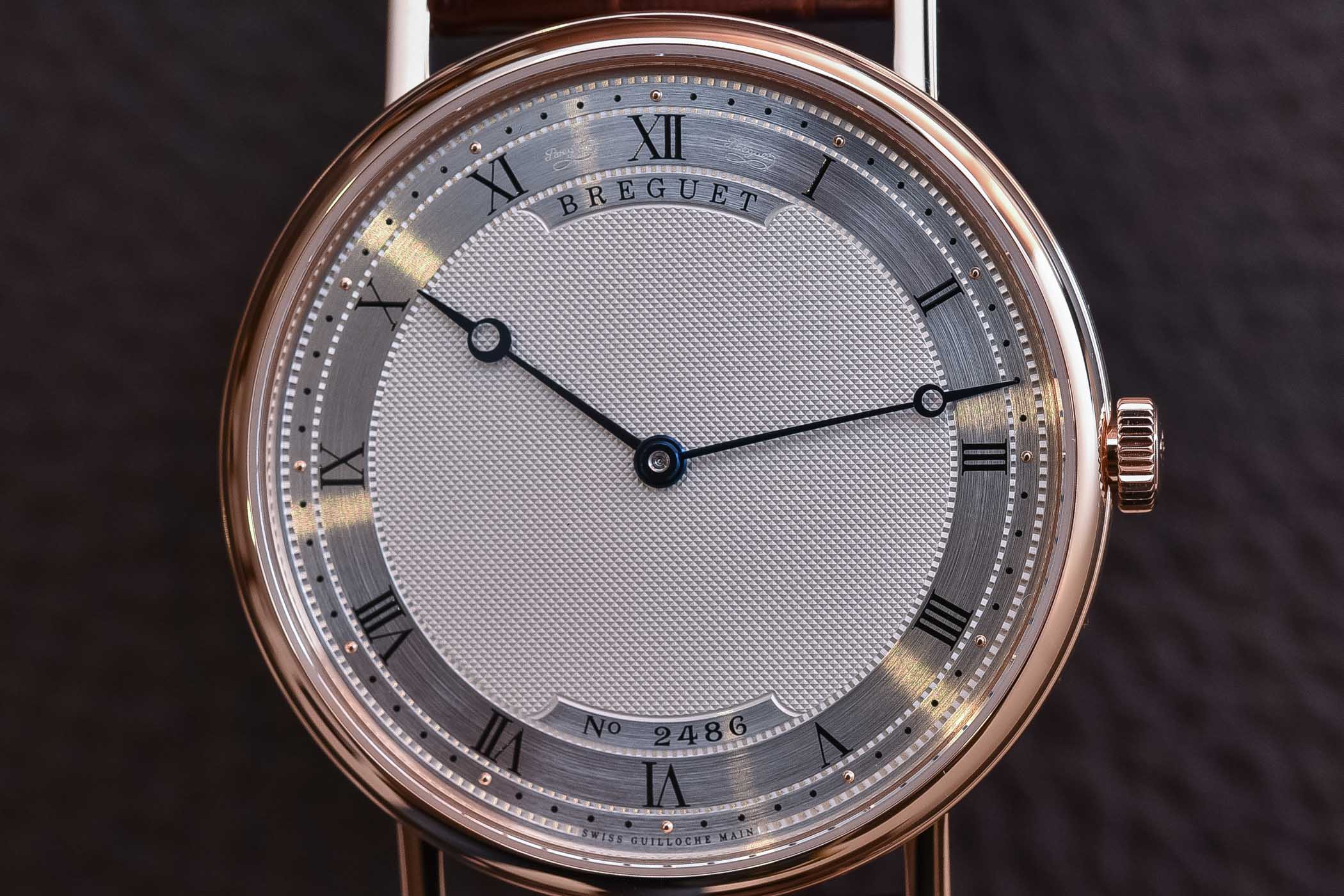
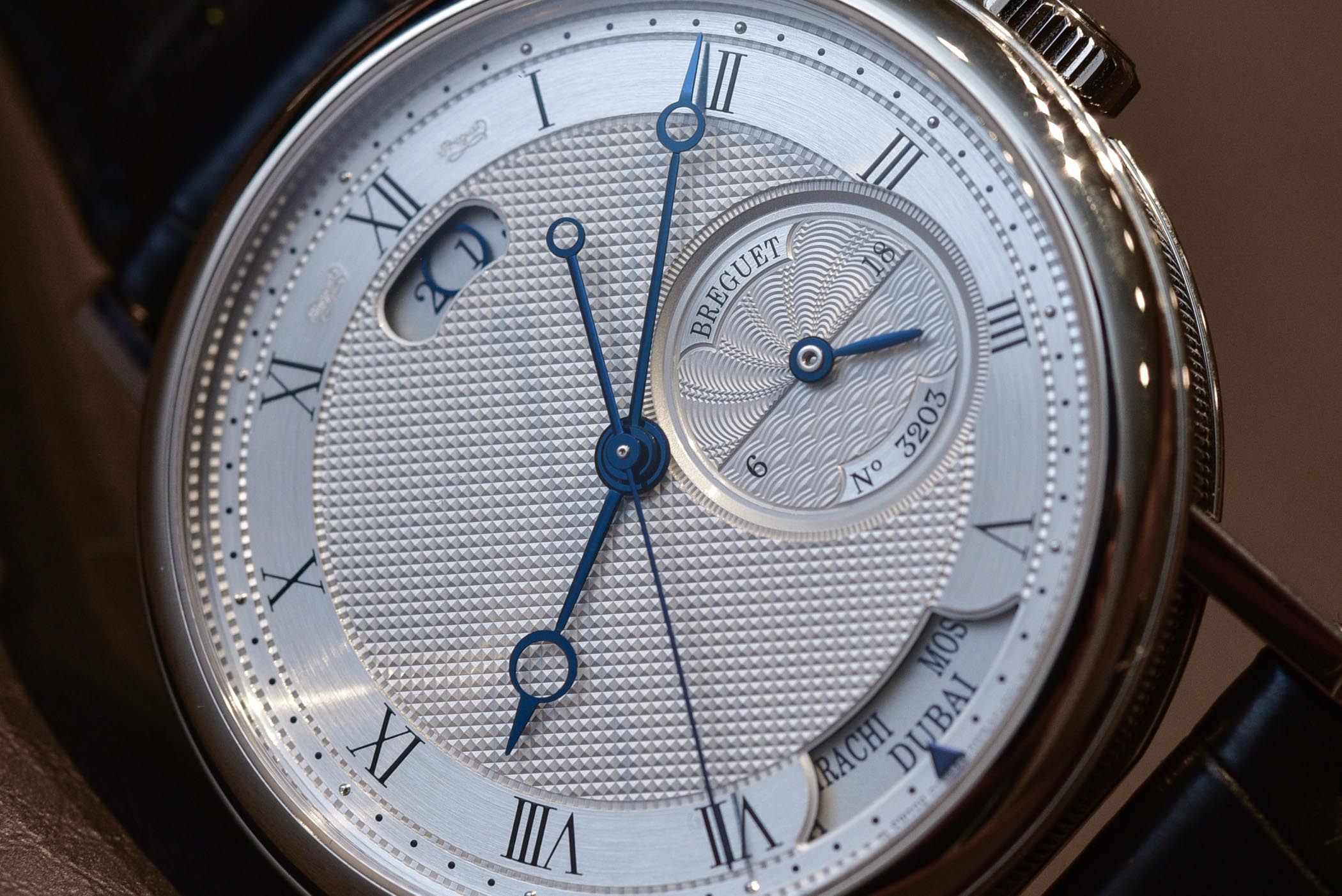
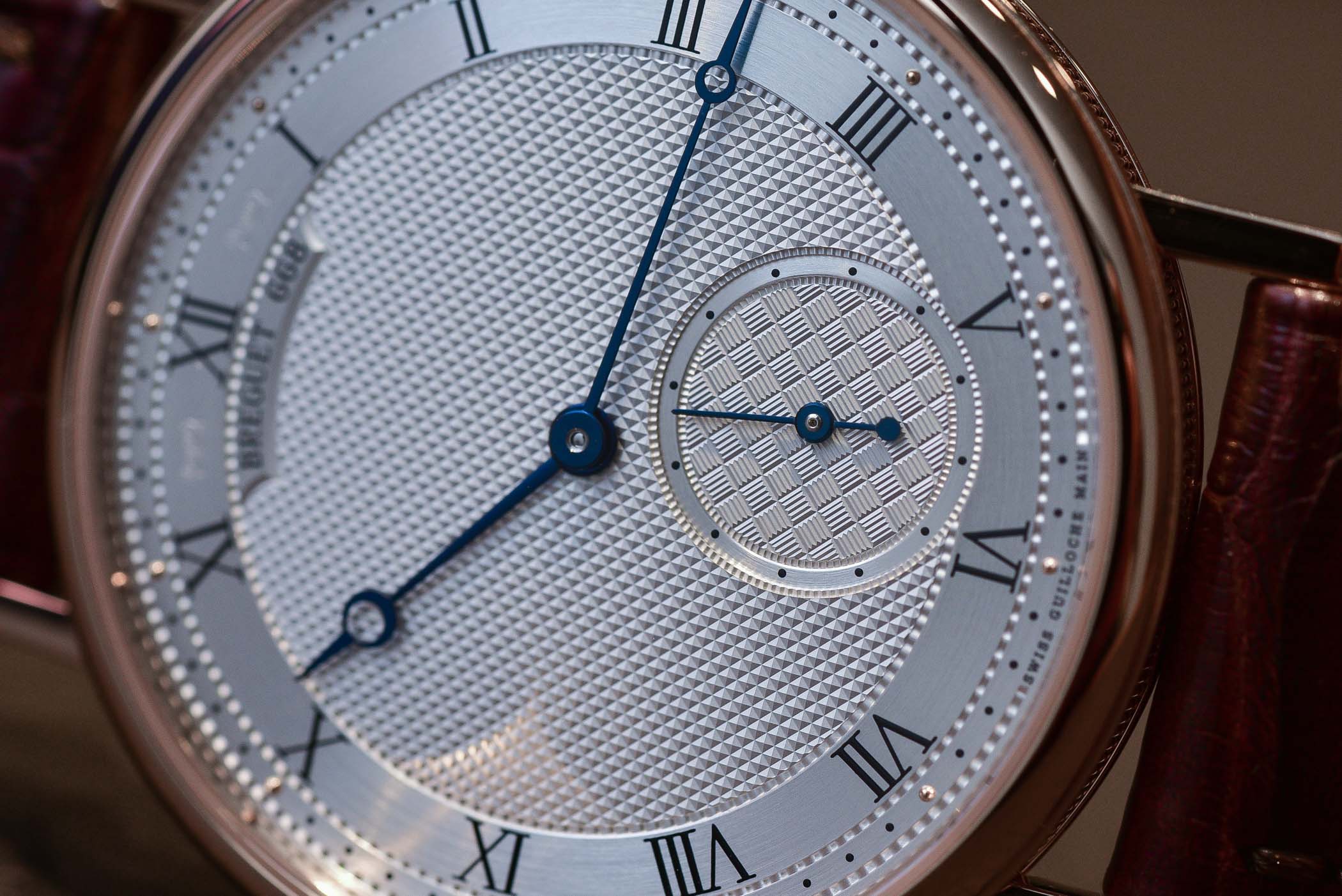
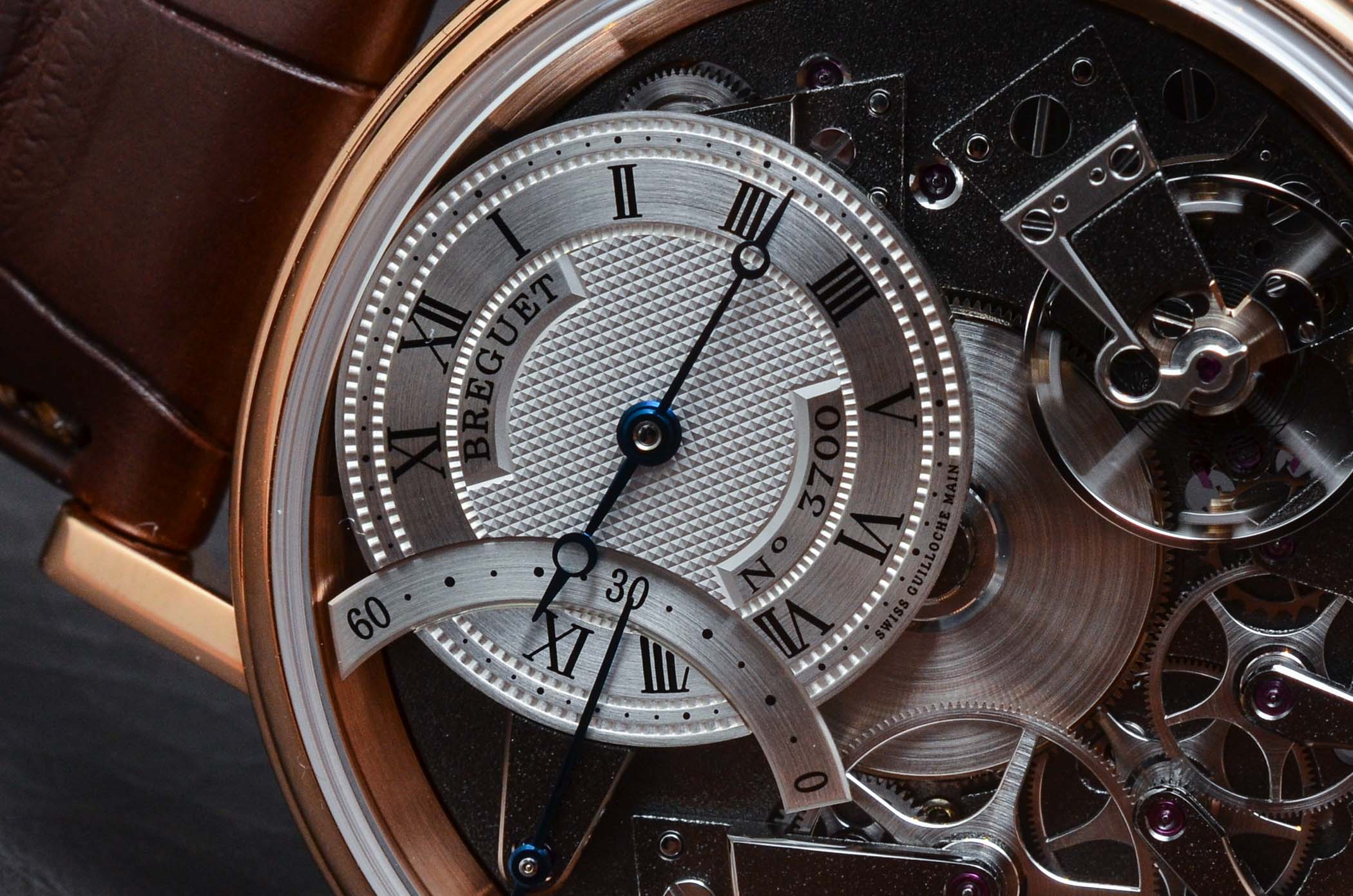



6 responses
Breguet guillochage watches are so beautiful, they look almost edible.
I like guilloche dials more and more after having a Urban Jurgensen.
I am pleased to own three watches with Guilloche dials – hand done on hundred year old machines — from Roland G. Murphy [RGM Watch Co.]They are beautiful.
P.S. And a Beguet MARINE!
Good quality guillochage when applied with good taste makes watches look truly classy.
I have studied the art of guilloche and have found an even greater appreciation for the craftsmanship of the artists beautiful work. My work, only a mother could love.